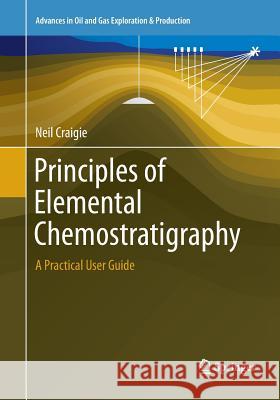Principles of Elemental Chemostratigraphy: A Practical User Guide » książka
topmenu
Principles of Elemental Chemostratigraphy: A Practical User Guide
ISBN-13: 9783319890524 / Angielski / Miękka / 2019 / 189 str.
Principles of Elemental Chemostratigraphy: A Practical User Guide
ISBN-13: 9783319890524 / Angielski / Miękka / 2019 / 189 str.
cena 625,41 zł
(netto: 595,63 VAT: 5%)
Najniższa cena z 30 dni: 597,58 zł
(netto: 595,63 VAT: 5%)
Najniższa cena z 30 dni: 597,58 zł
Termin realizacji zamówienia:
ok. 22 dni roboczych
Bez gwarancji dostawy przed świętami
ok. 22 dni roboczych
Bez gwarancji dostawy przed świętami
Darmowa dostawa!
Kategorie:
Kategorie BISAC:
Wydawca:
Springer
Seria wydawnicza:
Język:
Angielski
ISBN-13:
9783319890524
Rok wydania:
2019
Wydanie:
Softcover Repri
Ilość stron:
189
Waga:
0.36 kg
Wymiary:
25.4 x 17.78 x 1.09
Oprawa:
Miękka
Wolumenów:
01
Dodatkowe informacje:
Wydanie ilustrowane











